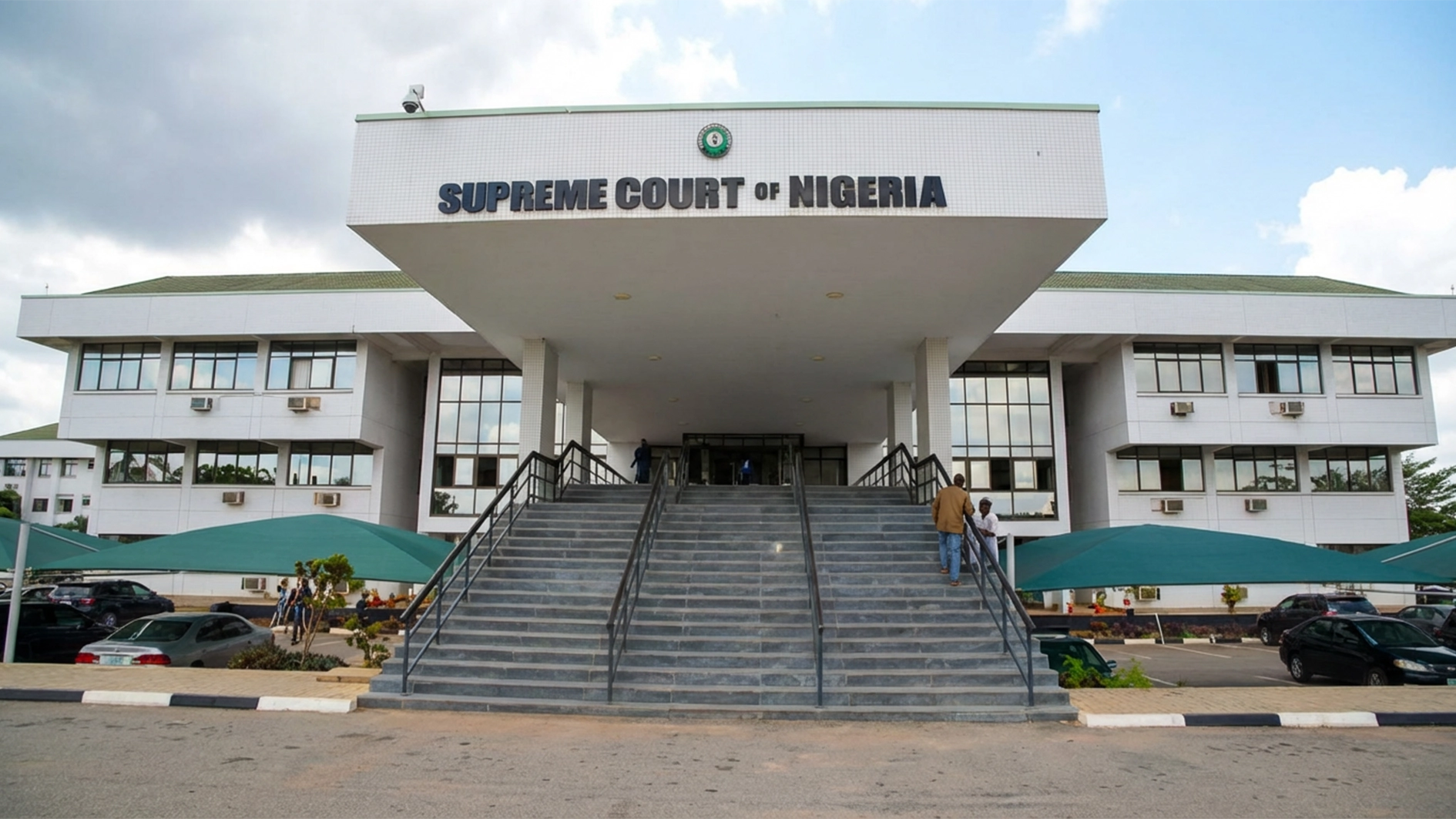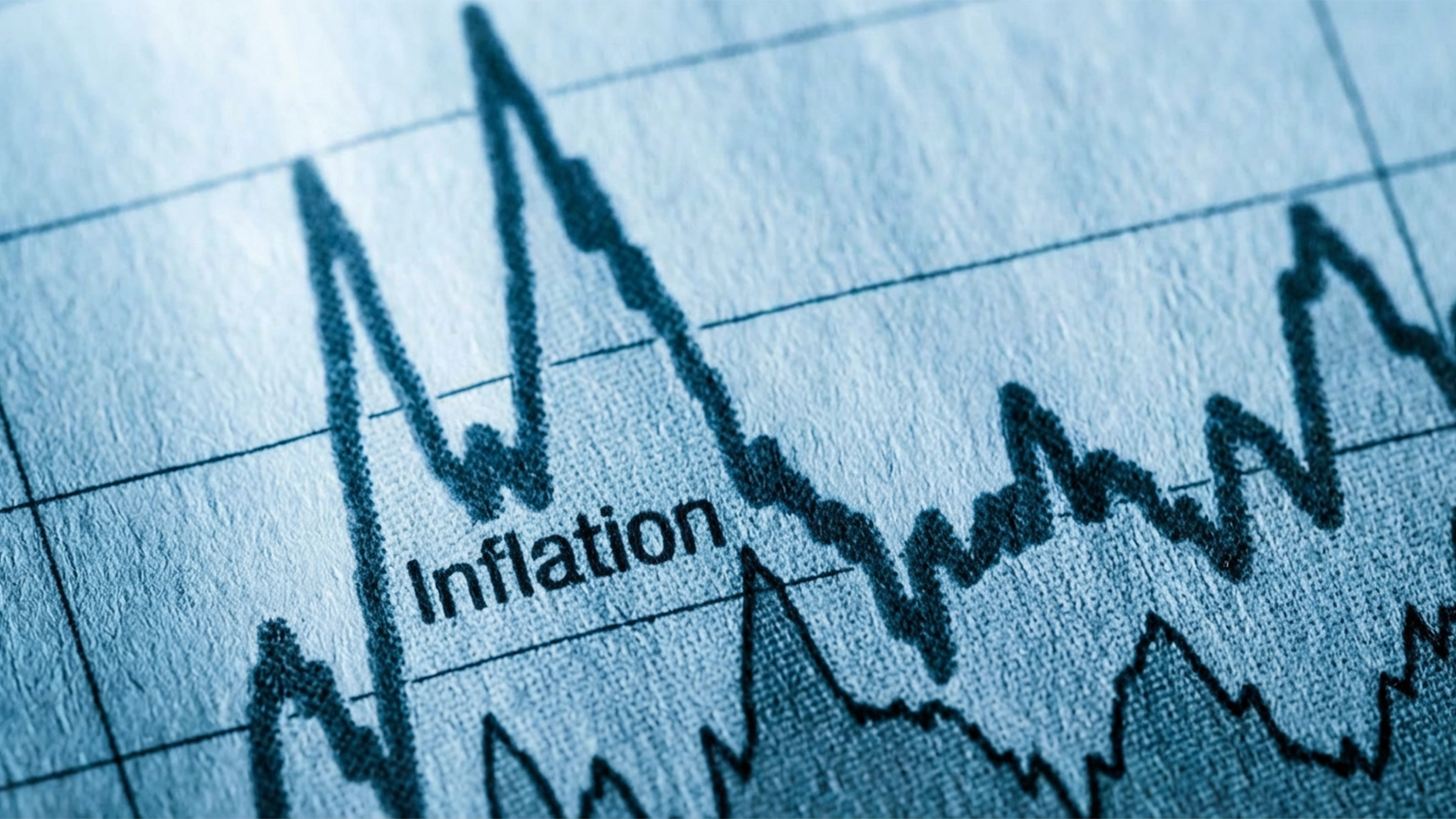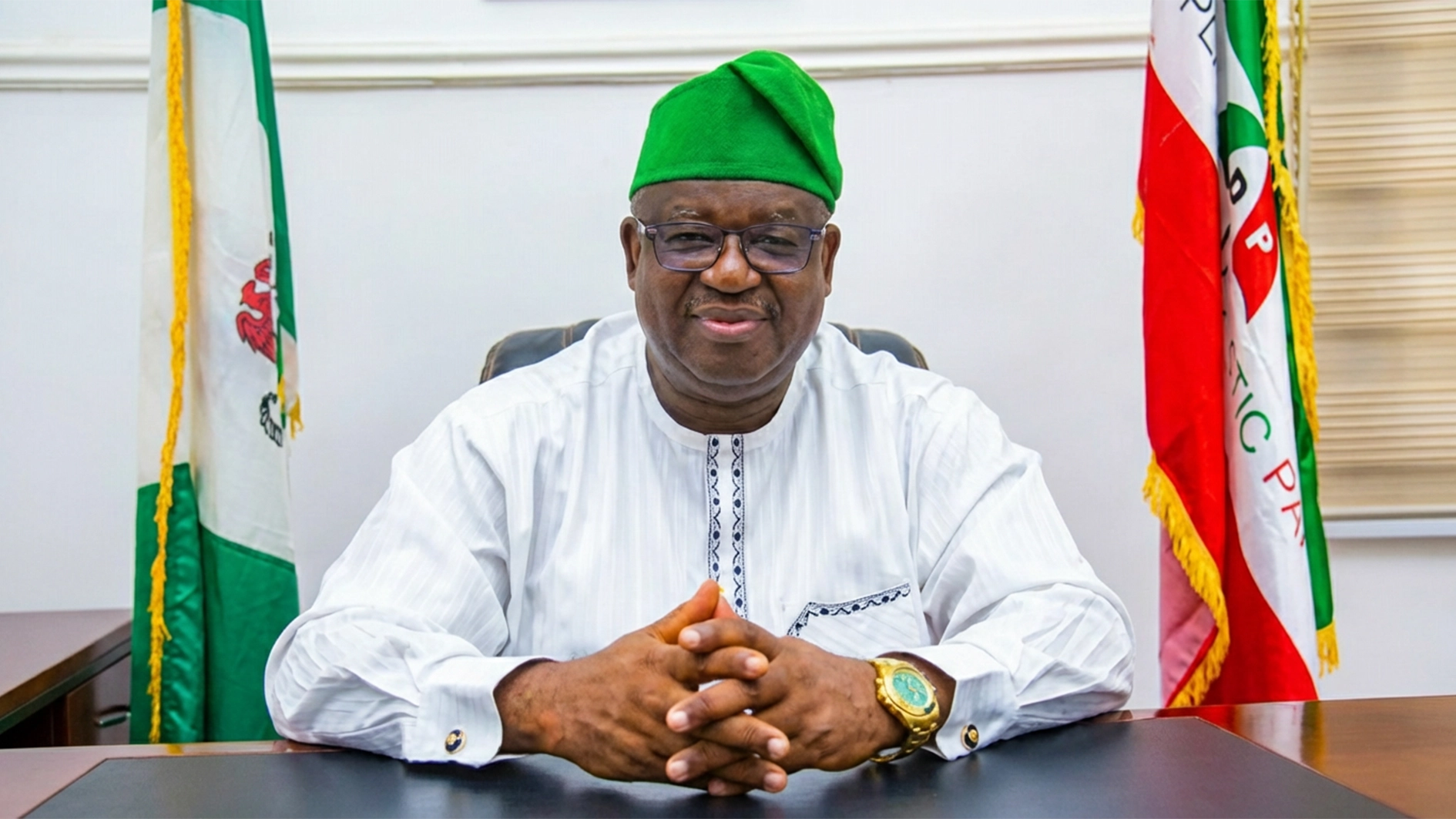• Report highlights decay effect of naira depreciation on GDP per capita
• Prescribes reform sustainability, cultural shift to achieve stable growth
About two and a half years after Nigeria began a series of what economists have described as necessary but painful reforms – scrapping fuel subsidies, liberalising the foreign exchange (FX) market and streamlining taxes (a third leg of the economic surgery that will take effect in January) – the country appears to be heading to a sustainable but fragile growth zone.
The World Bank, International Monetary Fund (IMF) and other development partners have passed a vote of confidence on the reform and consistently marked up their growth projection for the economy.
In a new “evidence-based report” by Quartus Economics, Nigeria’s return to stable and sustainable growth was validated after 14 years of stalled or anaemic expansionary trend. This, it noted, followed the therapy of twin reforms targeted at correcting “decades-old structural weaknesses”.
The country, it said, has ended “a full decade of slowdown”, stall and descent in output growth, which fell to just about or below the rate of population growth.
Last year, the gross domestic product expanded by 3.4 per cent, much higher than the 2.5 per cent average population growth witnessed in the past decade.
In the second quarter of this year, the economy posted even stronger growth across sectors, which averaged 4.23 per cent in real terms. Yet, the promising trend, which rides on rising confidence, the report said, meets clear challenges.
One, it noted, is that the growth risks reversal, except investor confidence is sustained through sustainable reforms. This will require strong political will and commitment, which faces an enormous test as the election year approaches.
Over a year to the election, President Bola Tinubu’s team has been consolidating the All Progressives Congress (APC) control to give the President a convincing victory.
Tax reform, which starts full implementation in January, faced its strongest opposition from the north – a zone that has recorded the highest number of votes in recent years.
Political pundits believe Tinubu would need to reach a compromise with leaders of the zones to secure their support ahead of the 2027 elections. Such a compromise could include tempering reforms believed to have contributed to hardship in the country, including in the north.
But like the World Bank noted, in its recent Nigeria Development Update (NDU), Quartus insisted the current reforms would necessarily need to be sustained to avoid tipping the economy into another boom-and-bust cycle.
What many people have referred to as growth since the country’s political independence was a mere commodity boom cycle. At the slightest market risk, often triggered by external shocks or glut, the economy snaps and returns to a negative territory and gets stuck in fragile growth.
The current administration said it is pursuing a diversification programme to decouple the economy from the commodities market. As part of the effort, a new industrialisation support programme has been on the table, though not much has been done to implement critical components of the programme.
Except this is done, stakeholders, especially those in the local manufacturing, have warned, Nigeria’s growth would remain exclusive, ruthless and jobless.
In addition to this, the country now must deal with the backlog effect of rapid population expansion, Quartus insisted. Stalled or declining output, in real terms, has shrunk the country’s GDP per capita significantly.
Following naira depreciation, GDP per capita dropped from $4,363 in 2014 to $1,084 by 2024 (a 75 per cent drop). But the fall in GDP per capita, indeed, is more of a currency crisis issue rather than an absolute output change.
For instance, within the same decade, the naira lost 89 per cent of its exchange value against the dollar, the report recalled, suggesting that if the exchange rate had held constant, per capita GDP would have recorded a positive growth.
With the country’s population projected to surpass 280 million in 10 years, the need for new public and private investment to double down on the growth of resources needed to meet the needs not only to meet the subsistence needs of the younger generation, but also to educate them.
The acute poverty in African countries, including Nigeria, is attributed partly to poor investment in human capital development. To reverse the misery crisis, experts have advised, investment in education and health, the two most important sectors that drive productivity, must be substantially increased.
The report shared crucial insights into how Nigeria could increase shared prosperity. A cultural shift is needed in the policy space to depend on sustainability. In the past four decades, it has been revealed that reforms have been “selective and inconsistent”.
Over the past four decades, it noted, Nigeria navigated a turbulent path of structural reform, a journey that began with the Structural Adjustment Programme (SAP) launched in 1986.
“Designed to reduce state control and promote a market-led economy, SAP sought to diversify production, restore macroeconomic balance, and lay the foundation for private-sector-led growth.
While Nigeria’s GDP tripled from $87.5 billion in 1990 to nearly $252 billion in 2024, the country’s economic structure remained fragile, forcing the naira to lose 99.7 per cent of its value.
“The early decades of reform delivered meaningful progress. Liberalisation, privatisation and banking reforms stimulated private investment, spurred growth in manufacturing and fostered the rise of a dynamic and fast-growing services sector. However, the failure to sustain reform momentum and the culture of policy reversals under political pressure or simply to satisfy narrow interests eroded much of these gains.
“Policy inconsistencies and weak implementation led to a recurring cycle of mixed results and missed opportunities. As a result, the goal of inclusive, export-led growth has remained elusive. Over time, the structural imbalance between population growth and productivity widened sharply. By 2024, per capita GDP had fallen by 66 per cent from its 2014 peak, pushing more than 65 million people into poverty and further exposing the fragility of Nigeria’s economy,” the report noted.
From 2014, it observed, the economy endured its most severe growth slowdown in a generation. The collapse of oil prices, huge population pressure, restrictive policies and policy lapses were responsible for the decade of stall and descent, it argued.
Quartus report is optimistic that Nigeria is back on the path of growth, but warns that the growth remains too slow in light of the country’s problems, potential and relative to peers. The economy not only requires a mix of structural reforms to achieve sustainable growth but also needs a cultural shift.
With an economy whose population size already crossed the limits of resource-based prosperity, Nigerians must learn to produce, must embrace the culture of making things at scale, for sale to the world, it advised.
From 1990 to 2024, Nigeria’s GDP grew from $87.5 billion to $252 billion, adding $164 billion. But the report said the country could do much more with consistent policy implementation and market transformation.
Despite the rising hope, power and infrastructure, which are needed to kick start industrialisation, remain Nigeria’s Achilles’ heel. Electricity supply is still below 5,000 megawatts for a population that exceeds 210 million.
Frequent grid collapses, transmission bottlenecks and weak private investment continue to stifle manufacturing and small business growth. The Nigerian Electricity Regulatory Commission (NERC) estimates that the country loses over $25 billion or about 10 per cent of the GDP yearly to poor power supply.
The CBN’s monetary reforms – especially the harmonisation of exchange rates and renewed focus on price stability – have started to yield results. The naira has shown signs of stabilisation, hovering around 1,500 to the dollar in the past few weeks, compared to a peak of N1,600 earlier in the year.
But the naira is still over 60 per cent down compared to N460 per cent it was trading before the FX reform kicked in 2023.






